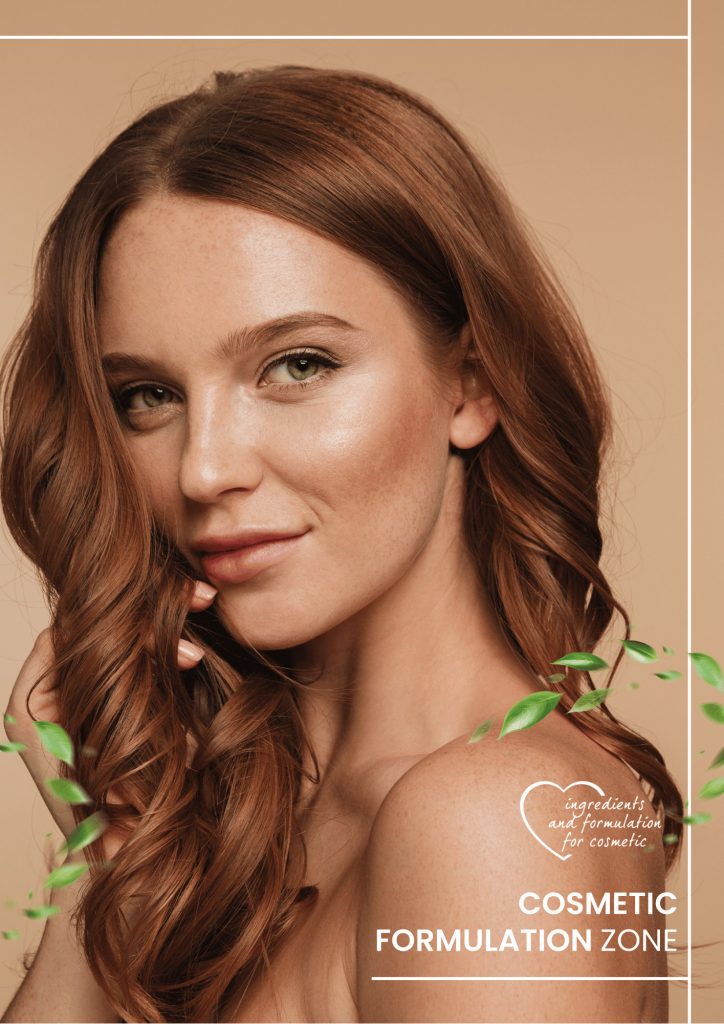The increasing awareness of consumers means that they more often choose make their own cosmetics at home rather than buy them in a store. Some of them buy them at the chemist’s and other stores, others try to make soaps, creams or face masks by themselves. How to make cosmetics at home? We have prepared a set of practical guidelines.

Are do-it-yourself cosmetics worth it?
What makes people so eager to choose do-it-yourself cosmetics? They usually have a simple composition and are safe for our skin. If we know the composition of a cosmetic and the individual needs of our skin, we can avoid many unpleasant problems. By using gentle cosmetics, we reduce the risk of allergic reactions and skin issues (such as pimples, rashes, discolourations, etc.).
What are the benefits of natural do-it-yourself cosmetics? They are ideal for those who don’t want to overpay and for people looking for cheap but effective solutions. Do-it-yourself (DIY) cosmetics, without the logo of a popular brand, often cost as much as 70–80% more than ready-made products sold at stores. In addition, home production of cosmetics implies saving on energy, packaging and raw materials normally used for mass production in the cosmetics industry. On the other hand, to make cosmetics at home means not involving yourself in the wasteful practices of mass-production, with its heavy usage of energy, raw materials, and paper and plastic packaging.
Where can we find recipes for DIY cosmetics?
Those who do not know how to make their own cosmetics can easily find some hints that are available in many sources. Examples include:
- blogs and vlogs run by DIY enthusiasts,
- guides and e-books on how to make cosmetics at home,
- PCC Group’s Cosmetic Formulations Zone.
The lovers of home-made creams or balsams, who have just started their experience with cosmetics production, also use special thematic workshops.. Courses and workshops in the theory and practice of DIY cosmetics are available online as well as in-person. Their authors are both manufacturers and amateur enthusiasts of natural cosmetics.
How are cosmetics made at home?
Where to start the production of DIY cosmetics? You just have to choose the type of cosmetic you would like to make, find the appropriate recipe, and complete the required semi-finished products. Private persons usually buy raw materials and accessories for producing home-made, natural cosmetics in online stores. Larger quantities of raw materials, including those of pharmaceutical quality, can normally be bought only within business-to-business collaboration.
The simplest cosmetics in the form of face masks or peelings can be made at home using only typical kitchen products. Fine-grain ingredients can be ground with a mortar, while kitchen scales can be used to measure out the proportions. Mix the raw materials in a plastic or glass bowl with a blender or a wooden spatula. When the product reaches the desired consistency, test it on your skin.
Examples of simple do-it-yourself cosmetics
The range of safe cosmetic raw materials is now extremely broad. This is why we can easily produce natural, home-made cosmetics. The fans of such ecological solutions manufacture, entirely by themselves, various cosmetics designed for the body, face, feet, hands, or hair. Examples include:
- soaps and shower gels,
- shampoos, face masks and hair rinses,
- serums and regenerating masks,
- creams and balsams,
- moisturising oils,
- toothpastes
Extremely simple DIY cosmetics designed for face include:
- vegetable or mineral masks,
- skin tonics and liquids with cleansing and anti-bacterial effects,
- moisturising and anti-wrinkle creams.
What ingredients go into do-it-yourself cosmetics?
DIY cosmetics grow in popularity. The choice of recipes is therefore huge, and every enthusiast of ecological cosmetics will find something for themselves.
Which ingredients are required to make DIY cosmetics? Here are a few examples:
Home-made bar of soap: ingredients:
- distilled water,
- soda lye,
- coconut oil,
- olive oil,
- essential oils (options include oils based on lavender, citrus fruit, rose, etc.),
- dyes (optional).
The proportions of each ingredient can be checked with the so-called soap calculators. These are online tools that automatically indicate the adequate quantities of ingredients.
Read more about soap production.
Home-made body gel – ingredients:
- liquid Castile soap,
- coconut oil,
- essential vegetable oils (based on lavender, citrus fruit, etc.),
- bee honey.
When gathering the required ingredients, remember to buy special containers for storing cosmetics, or use an empty, properly cleaned container for a body-care product.
Natural face cosmetics: ingredients of a make-up removing cream or liquid
The choice of ingredients for a DIY face cream does not have to be difficult! The simplest DIY cosmetics contain vegetable oil (coconut oil, sunflower oil, or Shea Butter), emulsifier, and fragrance oils and/or herbs (dried or fresh). For the emulsifier in a cream, you can use Cetyl Alcohol, Lanolin, PEG-7 Glyceryl Cocoate, or Olivem 1000 (INCI: Cetearyl Olivate, Sorbitan Olivate).
Check the INCI name search engine.
The cosmetics that are very commonly used and are easy to make are micellar solutions for make-up removal and face cleansing. What ingredients are required to make such natural cosmetics? Recipes for DIY skin washing and cleansing liquids are very simple and contain the following: Just use demineralised water or boiled tap water and add:
- coconut, avocado or olive oil,
- an infusion of camomile or green tea, or a home-made aloe extract.
As an option, you can also add a selected ingredient to be used as an emulsifier.
Summary
In the times of generally available, synthetic and natural raw materials for cosmetics, anyone can make their DIY cosmetics; the recipes are simple and cheap! While preparing the solutions, remember to maintain appropriate proportions of the ingredients. Use proven recipes available on blogs or in books published by people or companies that have advanced knowledge in cosmetology.
- https://www.ekologia.pl/kobieta/uroda/kosmetyki-homemade-od-czego-zaczac-samodzielny-wyrob-kosmetykow,22730.html
- https://www.fda.gov/cosmetics/resources-industry-cosmetics/small-businesses-homemade-cosmetics-fact-sheet
- https://www.products.pcc.eu/en/blog/raw-materials-for-the-production-of-natural-cosmetics/
- https://www.youtube.com/watch?v=UCE84HDi8OY
